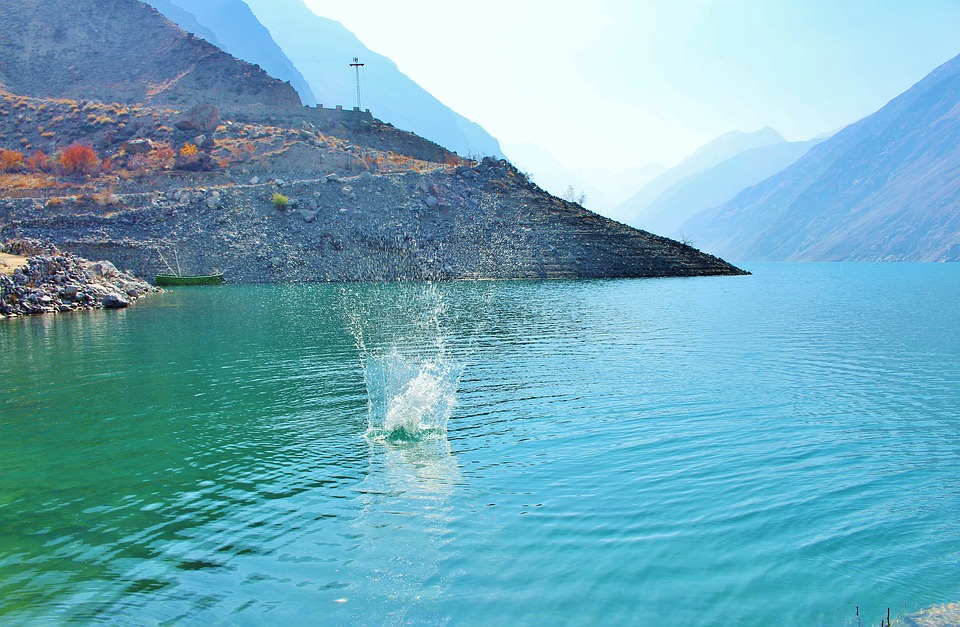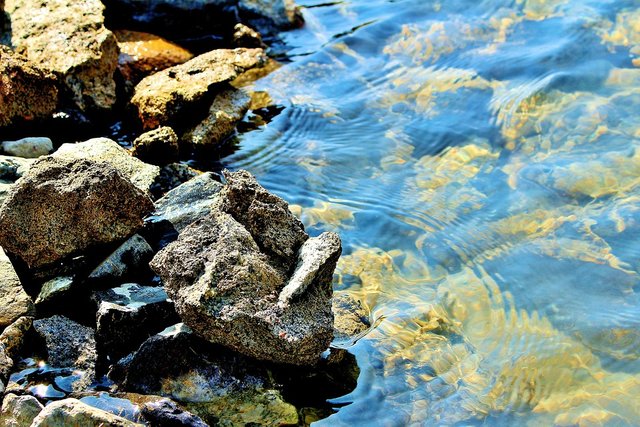Beauty Of Gilgit Baltistan
Gil git-Baltistan, formerly known as the Northern Areas, is the northernmost administrative territory in Pakistan borders Azad Kashmir to the south, the province of Khyber Pakhtunkhwa to the west, the Wakhan Corridor of Afghanistan to the north, the Xinjiang region of China, to the east and northeast, and the Indian-administered state of Jammu and Kashmir to the southeast. Gilgit-Baltistan is part of the Kashmir region that is disputed by India and Pakistan, along with Azad Kashmir, Aksai Chin, the Shaksgam Valley, and Jammu, Ladakh, and the Valley of Kashmir.
The territory of present-day Gilgit-Baltistan became a separate administrative unit in 1970 under the name "Northern Areas". It was formed by the amalgamation of the former Gilgit Agency, the Baltistan district and several small former princely states, the larger of which being Hunza and Nagar. In 2009, it was granted limited autonomy and renamed to Gilgit-Baltistan via the Self-Governance Order signed by Pakistan president Asif Ali Zardari, which also aimed to empower the people of Gilgit-Baltistan. However, scholars state that the real power rests with the governor and not with chief minister or elected assembly The population of Gilgit-Baltistan wants to be merged into Pakistan as a separate fifth province and opposes integration with Kashmir. The Pakistani government has rejected Gilgit-Baltistani calls for integration with Pakistan on the grounds that it would jeopardise its demands for the whole Kashmir issue to be resolved according to UN resolutions.
Gilgit-Baltistan covers an area of over 72,971 km² (28,174 sq mi) and is highly mountainous. It had an estimated population of 1,800,000 in 2015. Its capital city is Gilgit (population 216,760 est). Gilgit-Baltistan is home to five of the "eight-thousanders" and to more than fifty peaks above 7,000 metres (23,000 ft). Three of the world's longest glaciers outside the polar regions are found in Gilgit-Baltistan. Tourism is mostly in trekking and mountaineering, and this industry is growing in importance.
The rock carvings found in various places in Gilgit-Baltistan, especially those found in the Passu village of Hunza, suggest a human presence since 2000 BC.[19] Within the next few centuries after human settlement in the Tibetan plateau, this region became inhabited by Tibetans, who preceded the Balti people of Baltistan. Today Baltistan bears similarity to Ladakh physically and culturally (although not religiously). Dards are found mainly in the western areas. These people are the Shina-speaking peoples of Gilgit, Chilas, Astore and Diamir while in Hunza and in the upper regions Burushaski and Khowar speakers dominate. The Dards find mention in the works of Herodotus,[a] Nearchus, Megasthenes, Pliny,[b] Ptolemy,[c] and the geographical lists of the Puranas.[20] In the 1st century the people of these regions were followers of the Bon religion while in the 2nd century they followed Buddhism.

Follow me back
Hi! I am a robot. I just upvoted you! I found similar content that readers might be interested in:
https://wikivisually.com/wiki/Gilgit-Baltistan
Thanks for writing a lot of your beautiful information. Beautiful writing for the generation of unknown generation.